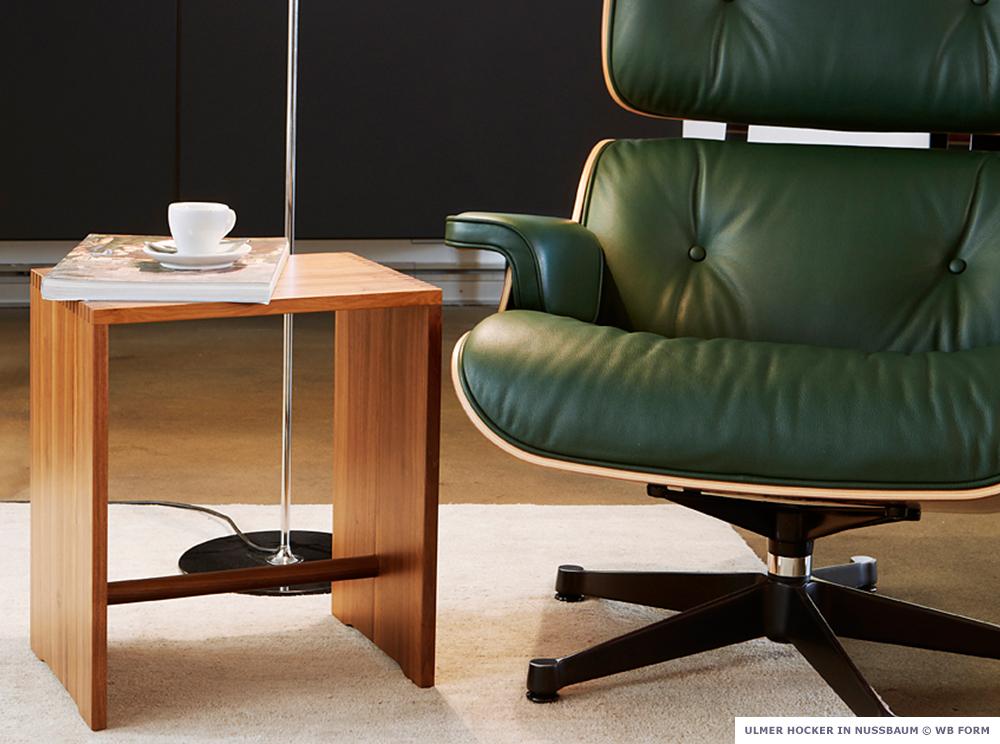The Historia Supellexalis: "R" for Rowac
Rowac A Rivet; A Crimp; A Schemel According to the Trabant Sagas, a component of the Erzgebirge Hoard, that earliest of all documentations of life in the contemporary Sachsen, the Rowac was developed by a Wagner by the name of Robert, a young man who although...
























